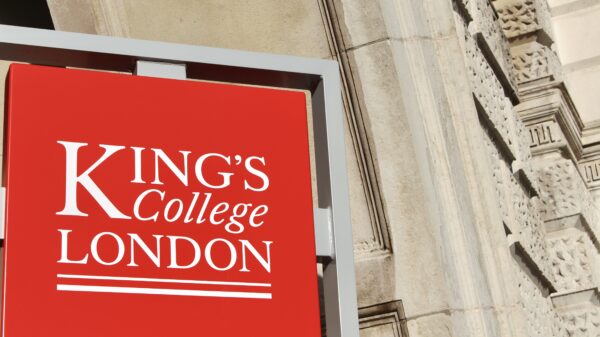A recent study led by King’s College London researchers has shown that humans, mice and flies share the same fundamental genetic mechanisms that regulate the formation and function of brain areas involved in attention and movement control.
Despite their large physical differences, research has found that the brains of flies, mice and humans are similar in how they form and function. Data has shown that the genetic mechanisms that underlie the brain development of insects and mammals are very similar, but this has been interpreted in two different ways. Some believe it provides evidence of one single ancestor for both mammals and insects and others think it could support the theory that brains evolved multiple times independently.
Dr Frank Hirth from the Institute of Psychiatry, Psychology & Neuroscience (IoPPN), King’s College London said: “To my knowledge this is the first study that provides evidence of the source of similarities between human and fly brains, how they form and how they function.â€
He continued, “Our research shows that the brain circuits essential for coordinated behaviour are put in place by similar mechanisms in humans, flies and mice. This indicates that the evolution of their very different brains can be traced back to a common ancestral brain more than a half billion years ago.â€
Published in the journal Proceedings of the National Academy of Sciences, this collaborative study between King’s College London, University of Arizona, University of Leuven and Leibniz Institute DSMZ has provided strong evidence that both insects and mammals have the same mechanisms that regulate genetic activity required for the formation of brain areas, particularly areas important for governing behaviour.
The research also demonstrated that when these regulatory mechanisms are inhibited or impaired in insects and mammals, they experience very similar behavioural problems. This indicates that the same building blocks that control the activity of genes are essential to both the formation of brain circuits and the behaviour-related functions they perform. According to the researchers, this provides evidence that these mechanisms have been established in one common ancestor.
Nicholas Strausfeld, Regents Professor of Neuroscience at the University of Arizona and a co-author on the study added: “The jigsaw puzzle of how the brain evolved still lacks an image on the box, but the pieces currently being added suggest a very early origin of essential circuits that, over an immense span of time have been maintained, albeit with modification, across the great diversity of brains we see today.â€
The study focused on those areas of the brain known as the deutocerebral-tritocerebral boundary (DTB) in flies and the midbrain-hindbrain boundary (MHB) in vertebrates including humans. Using genomic data, researchers identified the genes that play a major role in the formation of the brain circuits that are responsible for basic motion in the DTB in flies and MHB in humans. They then ascertained the parts of the genome that control when and where these genes are expressed, otherwise known as cis-regulatory elements.

Fly, mouse and human brains evolved from a single ancestor more than 520 million years ago. Credit: Hirth lab, King’s College London
The researchers found that these cis-regulatory elements are very similar in flies, mice and humans, indicating that they share the same fundamental genetic mechanism by which these brain areas develop. When the relevant genomic regions in flies were manipulated so they no longer regulated the genes appropriately, the researchers showed a subsequent impairment in behaviour. This corresponds to findings from research with people, where mutations in gene regulatory sequences or the regulated genes themselves have been associated with behavioural problems including anxiety and autism spectrum disorders. These results may therefore provide a deeper understanding of the changes that can occur in genes and brain circuits that can lead to mental health disorders such as anxiety and autism spectrum disorders.
Dr Frank Hirth from the IoPPN, King’s College London commented: “For many years researchers have been trying to find the mechanistic basis behind behaviour and I would say that we have discovered a crucial part of the jigsaw puzzle by identifying these basic genetic regulatory mechanisms required for midbrain circuit formation and function. If we can understand these very small, very basic building blocks, how they form and function, this will help find answers to what happens when things go wrong at a genetic level to cause these disorders.â€
Roar News writer. BA Classical Studies with English student and a K-drama enthusiast.















